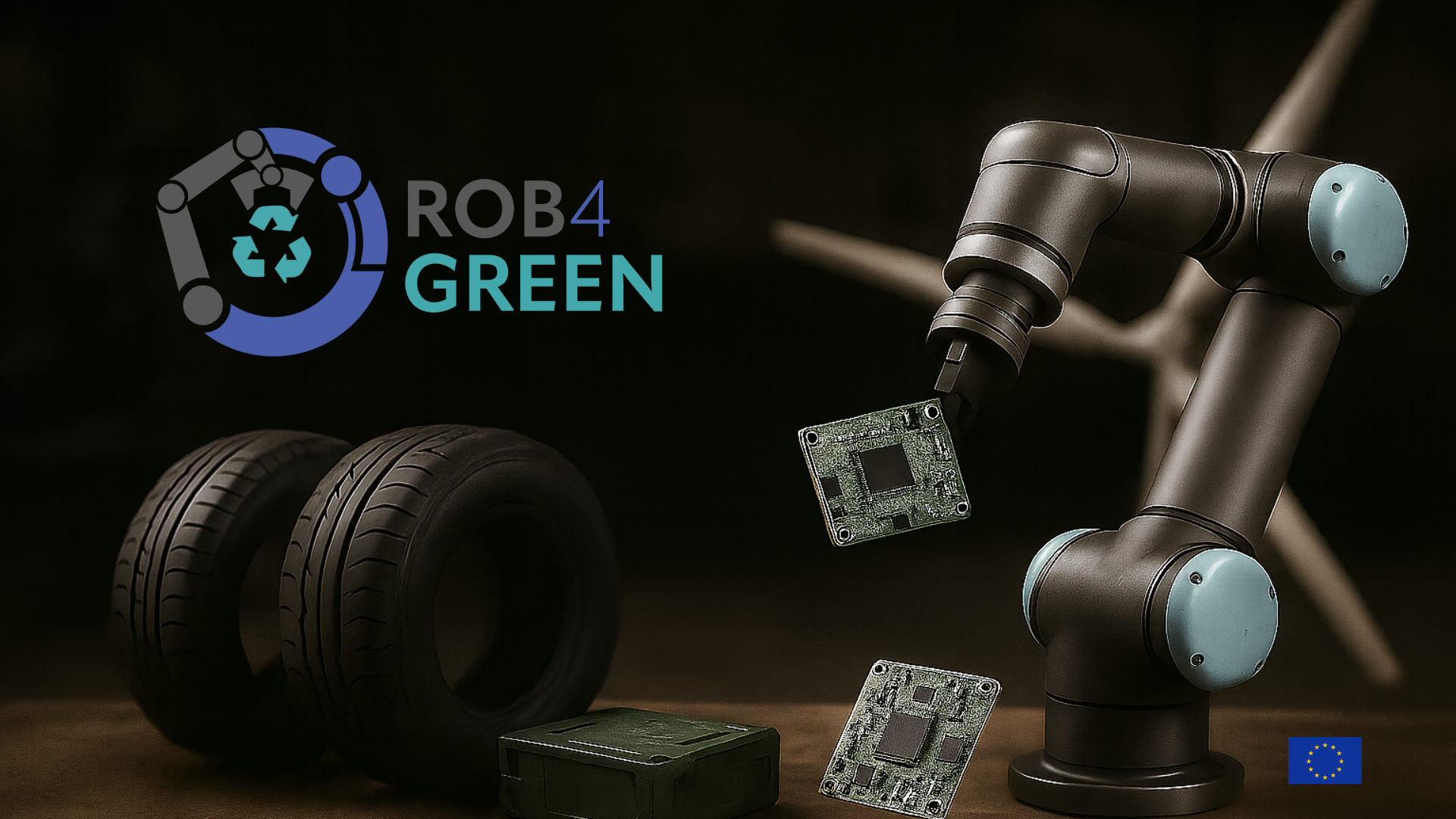Re-manufacturing: The Role of Digital Twins in a Circular Economy
What if our systems could “see” and “think” about the true state of each returned product, guiding its error-free path towards recovery
At the heart of this transformation is the digital twin, a dynamic virtual representation that mirrors a physical item, process, or system in real time. This virtual copy is updated by real-time sensor data from physical hardware, providing previously unavailable insights into operations and enabling data-informed decisions that are critical to modern re-manufacturing.
Our digital twin-based strategy leverages digitalisation to make re-manufacturing processes adaptive and highly efficient
The success of re-manufacturing depends on the ability to accurately assess the condition of returned items and determine the optimal course of action—whether to reuse, repair, or recycle. In this context, the proposed cyber-physical system leverages real-time data such as physical characteristics, visual features (e.g., 2D images, point clouds, multispectral data), and operational information to support intelligent algorithms for:
Accurate Inspection and Diagnostics: These algorithms can precisely identify the current state, quality, and material composition of returned items—such as electronic components on circuit boards or the surface conditions of used rubber products—significantly speeding up manual processing.
Dynamic Decision-Making and Action Planning: With a reliable digital representation, AI-driven modules can dynamically plan the most efficient strategy for each individual item. This includes generating detailed instructions for robotic systems—such as optimal disassembly sequences or precise repair paths—and even providing adaptive suggestions for human operators.
Integrating these digital twin capabilities into the re-manufacturing process delivers major benefits: enhanced safety, higher productivity, reduced waste, improved decision-making, and greater cost-effectiveness. In addition, this infrastructure also enables:
Predictive Maintenance: By monitoring equipment performance and product condition in real time, digital twins can predict maintenance needs before failures occur, minimizing costly downtime and extending asset lifespan.
Optimized Resource Utilization: Detailed knowledge of material states and component value allows for efficient and effective allocation of resources.
Accelerated Processes: Automation of inspection, sorting, and repair tasks, combined with data-driven decisions, significantly reduces processing times and boosts productivity across the re-manufacturing line.
Enhanced Traceability: The digital twin framework, especially when integrated with concepts like a Digital Product Passport, provides a transparent, end-to-end record of each product’s life cycle, improving accountability and enabling circular business models.
These advancements not only improve efficiency and reduce costs but also significantly boost environmental sustainability by maximizing material recovery and minimizing waste.

George Papakyriakos, Electrical and Industrial Automation Engineer, Teaching Factory Competence Center, Patras, Greece.
George Papakyriakos is an Electrical Engineer specializing in industrial automation. He holds a degree in Electrical Engineering from the Department of Electrical & Computer Engineering, University of Peloponnese in Patras, with expertise in high voltage systems and industrial automation. George began his professional career with an internship at Teaching Factory, concentrating on industrial automation and programmable logic controllers. Prior to his current role, he accumulated extensive international experience as a sales and after-sales manager in the UK for one of the world's leading technology companies, additionally serving as an EMEA-level trainer. This role significantly enhanced his expertise in training, team management, and technical communication across diverse markets. Currently, he also participates in research activities, contributing to innovation and knowledge dissemination.



